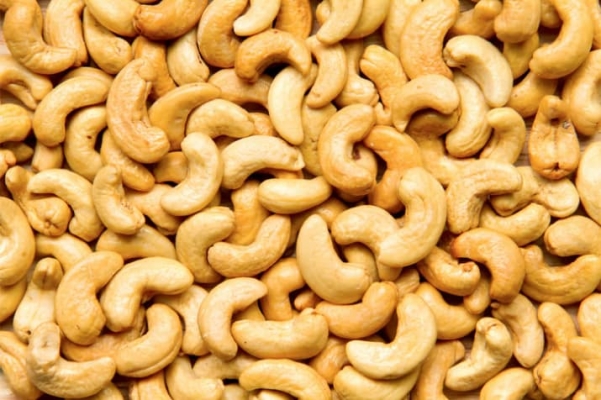General Information
It is native to Brazil country. It is an important nut grown and ranks first in the world. Karnataka, Kerala, Maharashtra, Orissa, Tamil Nadu, West Bengal, Goa and Andhra Pradesh are the major states doing cashew farming. India is doing cashew farming in almost 3.81 lakh acre land and gets an annual production of 2.69 lakh tonnes of raw cashew. India is the third largest producer of cashews and is second largest consumer. It also has health benefits such as it helps to prevent cancer, lowers high blood pressure, helps in digestion and helps in making gums and teeth healthy.









